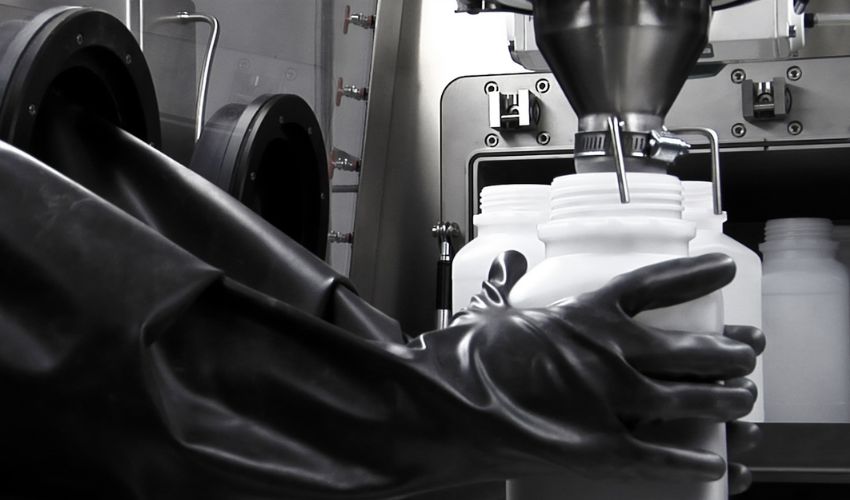Waiting weeks and paying hundreds of dollars for what appears to be a simple yet essential tab or gasket for your car is a frustrating experience. Today, those parts can be 3D printed quickly and cheaply leading to a revolution in auto repair. However, quality certification hasn’t kept up with manufacturing reality leading to potentially dangerous 3D printed auto replacement parts on the market, a new study found.
This investigative report called “3D Printing In Collision Repair Task Force Report” from an association of automotive collision repair professionals, both praises 3D printing technology and warns of its misuse. Its investigation found unscrupulous part retailers are already turning to fast and cheap 3D printing to fabricate replacement auto parts, but not labeling them as such. These parts often look like certified aftermarket parts, but fail in quality.
The auto industry is embarking on a “transformative journey by incorporating 3D printing technology for the production of end use parts,” the study found. But when it comes to the auto collision repair sector more must be done “to avoid an influx of substandard, unregulated parts from unverified or unlicensed sources attempting to capitalize on 3D printing.”
Weighing the Potential to the Threat
Last May, this task force made up of collision industry leaders, 3D printing specialists, and led by Harold Sears, a automotive industry veteran from Ford Motor Company who oversaw large parts of the company’s implementation of 3D printing, set out to investigate if 3D printing really would make auto repairs faster and cheaper and if those benefits came with any drawbacks.
The group went the full mile to investigate the effectiveness of 3D printing. It says it not only researched and interviewed industry stake holders in automotive repair and additive manufacturing, but visited 3D printing companies and carried out its own tests on 3D printed replacement auto parts.

Its findings were an overwhelming endorsement of 3D printing for part fabrication. The task force found that 3D printing presents “exciting possibilities that can revolutionize vehicle restoration, benefiting all stakeholders, from insurers and repair centers to OEMs.”
Repairing damaged parts with missing components through 3D printing, the study found, reduces cost, time, waste, environmental impact, inventory space, and shipping, all while elevating repair quality.
“Items like repair kits for headlights, sensor cradles for bumper covers, and high-value clips are very favorable for 3D printing applications” the report says. “Additionally, it can address the need for smaller, discontinued, or out-of-stock parts that would otherwise require high-volume production through traditional methods.”


